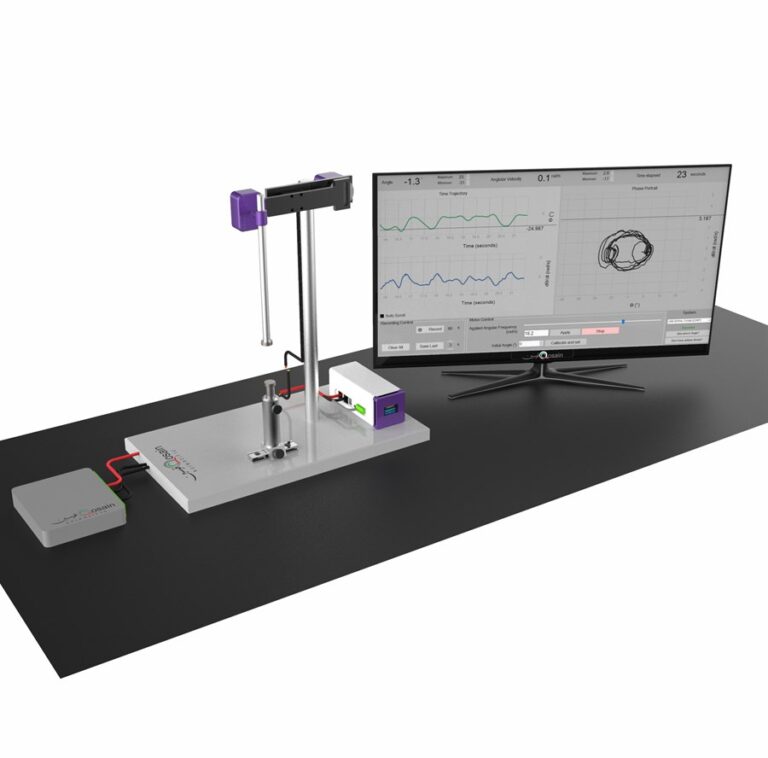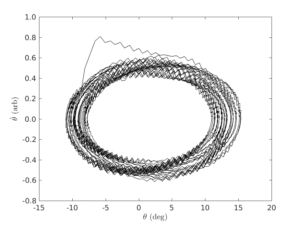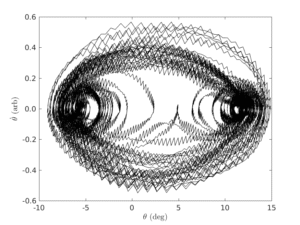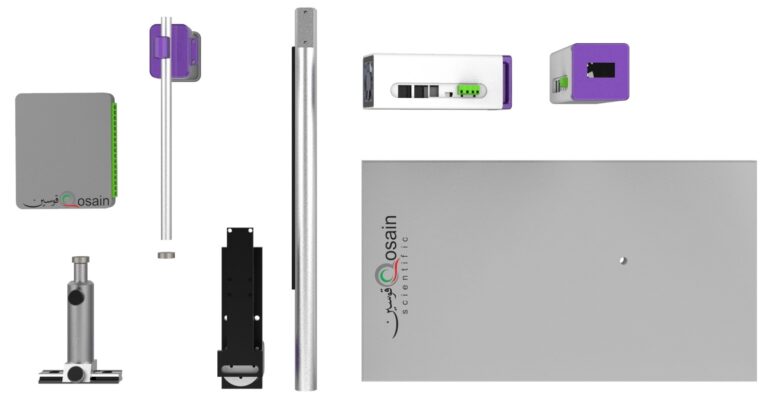Nonlinear Dynamics with a Magnetic Pendulum
Almost all of the known physical systems are essentially nonlinear. Yet, for simplicity, they can be treated as linear systems within some operating constraints. The Magnetic Pendulum is one such system. It is essentially a nonlinear system. So, it can help us to look into nonlinear phenomena such as chaos.
Overview
The Experiment
- Understanding phase portraits.
- Experimental observation of the onset of period-doubling bifurcations.
- Exploring the notion of nonlinear and chaotic dynamics using a “Magnetic Pendulum”.
- Acquiring time orbits and phase-space diagrams, through simulation and experiment.
How does it work?
The apparatus, which Qosain Scientific calls PhysMag, comprises a pendulum with adjustable height and detachable permanent disk magnets, one set on the tip of the pendulum and the second set on the top of the magnet holder, underneath the pendulum. The shaft of the pendulum is attached to a crank mechanism that gives rise to controlled horizontal oscillation. Our flagship data logger, PhysLogger controls the stepper motor that drives the rank mechanism, and also logs angular displacement of the pendulum from PhysCompass, the optical angle sensor attached with the hinge of the pendulum.
Hence we can measure three quantities in real time:
- Derivative of the angular displacement is computed in our software.
- Rotation rate of the crankshaft powered by a motor with user-variable RPM.
- Angular displacement of the pendulum measured by our specialized analog angle sensor.
Major parts included
- PhysLogger
- PhysCompass
- Sets of disk magnets
- Stepper Motor Controller
- Magnetic pendulum machine
Parts not Included: (ask separately)
- PC




